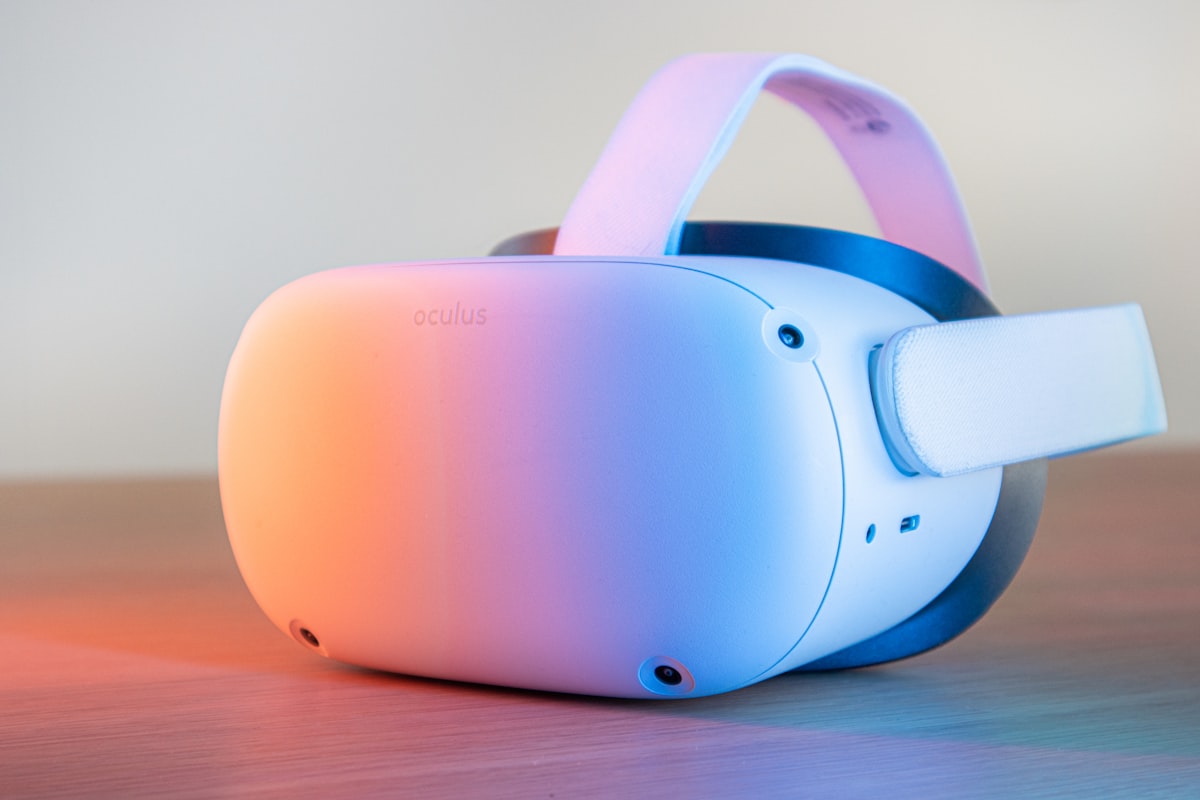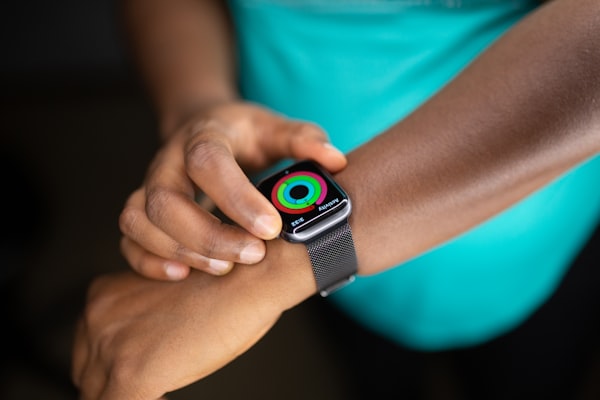Can VR Provide Pain Relief?
Proper pain management is an important part of every injury and disease. We're pretty successful at this, but VR can give us a much-needed edge.

After an incident with an outdoor camping stove, a 40-year-old male was admitted to the University of Washington Harborview Burn Center with flash burns to his neck, back, and legs. Thanks to improvements in modern burn care, he left after just 3 days.
Despite better chances of burn recovery, a pain problem still persists. During wound scrubbing and dressing changes, patients experience excruciating pain. Many describe it as worse than the initial burn itself. This pain is usually managed with opioids. But, they come with their own side effects, and some patients are still in pain while using them.
To help tackle this problem, scientists Hunter Hoffman and David Patterson created SnowWorld, the first immersive virtual world designed to help manage pain. Patients are plunged into an icy canyon with rivers and waterfalls, where they can throw snowballs at snowmen, penguins, and igloos.
To investigate whether VR could help alleviate pain, the 40-year-old male used the VR system at three-minute intervals during a wound care procedure. He reported thinking about his pain during the procedure without VR ‘all of the time’ compared to ‘only some of the time’ when immersed in VR. When asked to rate his worst pain levels on a scale of 1 to 10, his scores decreased from 7 (no VR) to 2 (with VR). Other studies have shown similar responses.
The VR in this study was actually water-friendly, making it accessible to burn patients who have to sit in scrub tanks during wound care. The researchers have even developed VR programs for people with PTSD and a VR exposure therapy for those with arachnophobia.
The logic behind why VR may reduce pain is that pain requires attention. Being immersed in a virtual world subverts our attention, leaving less of it available to process pain signals. It’s like how a doctor distracts a child with conversation when giving them an injection, or how you might rub your elbow when you bang it on something.
Though some studies show promise, others have given mixed results or found the opposite. One study split 86 burn patients into two groups. One group received an intravenous morphine infusion together with virtual reality relaxation, whereas the other group was given the intravenous morphine infusion alone. The virtual reality relaxation was made to reduce patient anxiety by using calming scenery and gentle commentary. The study found that VR combined with morphine was associated with a significant increase in pain.
VR and Chronic Pain
In November 2021, the FDA approved the marketing of a prescription-use VR system for patients diagnosed with chronic lower back pain. RelieVRx (previously EaseVRx) uses cognitive behavioural therapy (CBT) to help manage pain. The device, made up of a VR headset, controller, and a ‘Breathing Amplifier’ used in breathing exercises, is designed for at-home use. The VR program uses principles from behavioural therapy to help address the physiological cause of the pain. These include attention-shifting, acceptance, visualization, and knowledge of pain and rehabilitation.
The FDA judged the effectiveness of the treatment in a study of 179 participants, who were admitted into one of two eight-week VR programs: the 3D RelieVRx program or a control 2D program that did not use CBT methods of treatment. At the end of treatment, 46% of RelieVRx participants reported their pain reduced by more than half, compared to 26% of control participants.
One product already available on the market is Flowly, a subscription-based service designed to help people with chronic pain and anxiety. After purchasing, customers receive a VR headset and a biosensor that monitors their heart rate. Their VR program is meant to help relax and regulate the nervous system. It also connects to an app that allows users to track their progress.
VR has already been used in hospitals to ease labour pain, but more research needs to be done on the chronic pain front. While some studies have shown it can help manage pain, VR may also be important in changing how we think about pain management as more than a painkiller solution.



